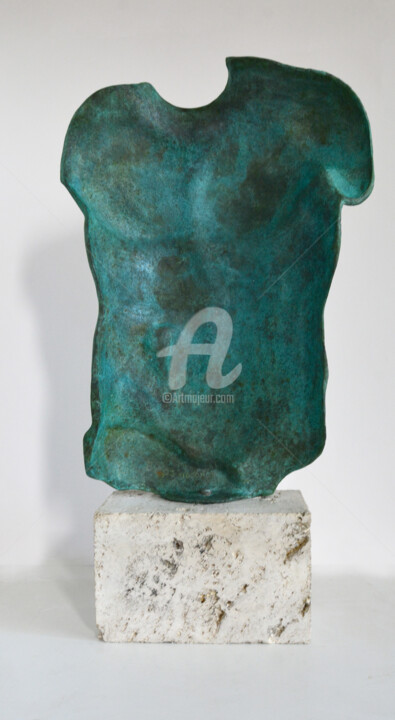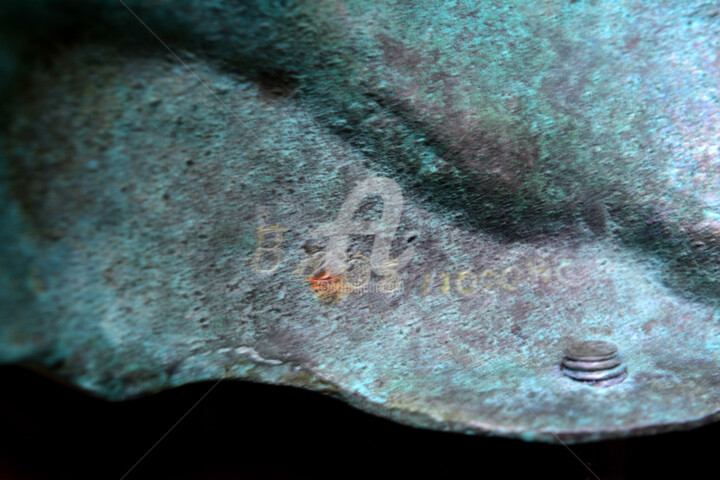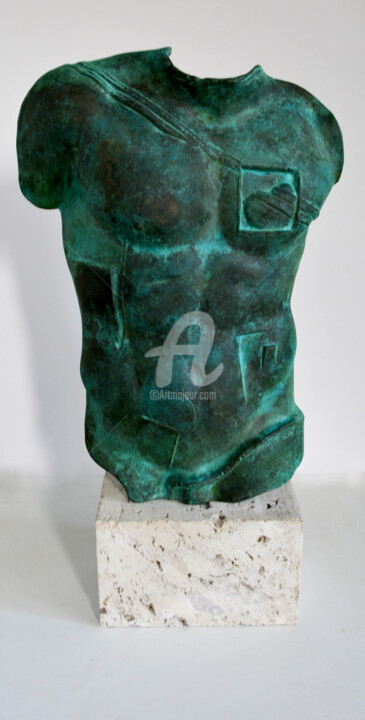



PERSEUS - Sculpture by Igor Mitoraj (1986) 雕塑 由 Igor Mitoraj
-
限量版 (#208/1000)
雕塑,
青铜
在石上
- 外形尺寸 高度 22.8in, 宽度 11in / 18.00 kg
- 艺术品状况 艺术品完好无损
- 适合户外? 没有, 这件艺术品不能在户外展示
- 分类 雕塑作品 低于US$20,000 形象艺术 男性裸体
In order to create the work, he used the following techniques: stone and bronze. It is an alloy known from ancient times that gave its name to the entire Bronze Age. The primary constituents of bronze are copper and tin, although other metals are also used. This alloy owes its name to the town of Brundisium in Italy, which has become the center of bronze production. Casting technique made it tools for farmers and artisans, but it also became popular as an artistic material. As early as in the archaic period in Greece and in ancient Egypt, Persia and Asia Minor, bronze sculptures were obtained using the lost wax method. The "lost wax technique" consists in surrounding the wax sculpture with clay or plaster, removing the wax through high temperature and pouring hot bronze in its place, and then removing the clay or plaster mold. This technique functions in the artistic world to this day, although of course it has been improved. The most famous bronze sculptures were made by Cellini, Donatello, August Rodin, and in Poland by Bolesław Biegas and Wacław Szymanowski.
相关主题
Igor Mitoraj (1944-2014) 是当代波兰雕塑家。他被认为是国际上最受认可的波兰雕塑家之一,并以经常为大型公共设施建造的碎片化人体雕塑而闻名。
Mitoraj 的雕塑风格受到古典主义的启发,特别强调造型精美的躯干。他的作品经常试图直面关于人体、它的美丽和脆弱、它的悲伤,以及随着时间的推移而退化的人性深处的问题。
2005 年,Igor Mitoraj 获得了文化功勋金质奖章 - Gloria Artis,并于 2012 年获得了 Polonia Restituta 指挥官十字勋章。













